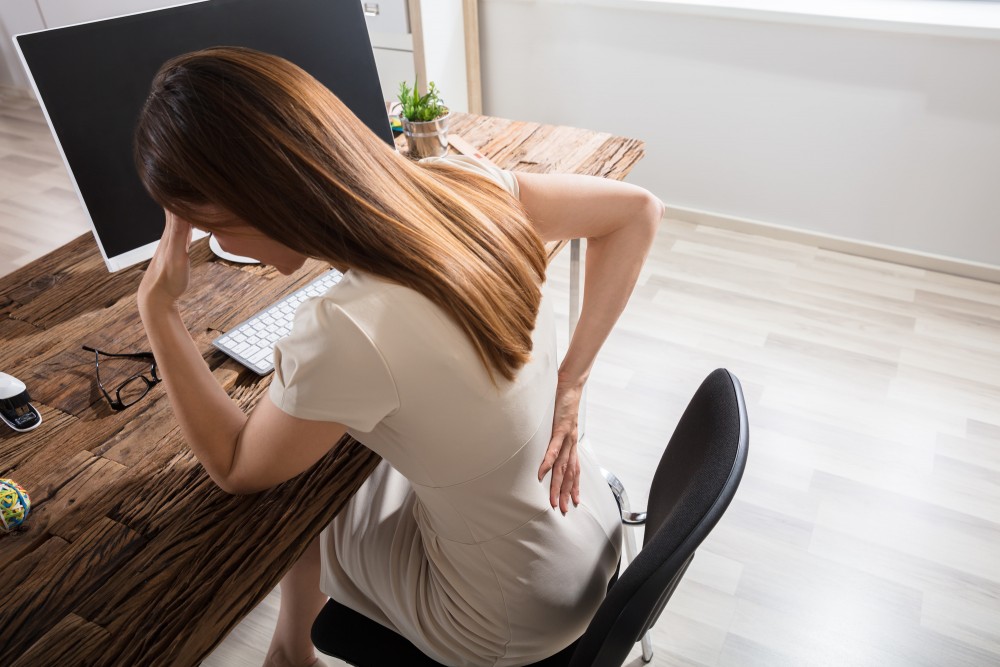Back pain is on the rise in America, with significantly more people claiming back-related aches and pains in recent years than just a few decades prior. But for most sufferers, the source of the pain is hard to pinpoint. It turns out that much of the discomfort can be traced to bad posture and the consequences of a daily habit that needs correction.
So how does poor posture affect your back and what can you do to relieve some of the pain? Read on to find out:
How Poor Posture Affects Your Back
Though you might not notice it right away, hours of sitting with poor posture, day after day, week after week, will begin to have a negative effect on your spine. As the anatomy of your spine adapts to your poor posture, you’ll likely notice back pain as your nerves and blood vessels are constricted. Poor posture can lead to problems with your joints, the discs in your back, and your back muscles.
If you notice that the pain in your back is especially bad at certain times during the day, your pain is likely due to bad posture. If your pain lessens once you change positions, or switch from sitting to standing, posture is probably to blame.
Do you have a new job, a new office chair, a new car, and notice that you have new back pain to match? This might have to do with the way you’re sitting in a seat that your back is unaccustomed to. Certain seats make it hard to maintain good posture, particularly if you aren’t used to the chair.
Here’s how to help improve your posture and take it easy on your back:
Correct Bad Posture – Find Support While You Sit
Many people sit for hours and hours straight each day. If you work a full-time job and spend most of your life sitting down, it’s important to correct bad posture. This begins with being aware of your posture while seated. If you notice your natural state is hunched forward, practice sitting with your spine flat against the back of your chair with your head level above your spine and your shoulders straight.
Try to keep your knees and hips level, or, if you must, with your knees slightly elevated from your hips. Avoid crossing your legs at your desk and instead opt for feet flat on the floor.
Be Aware of Your Walk
Your posture is just as important when you’re walking as it is while seated. As you walk about, keep your head facing forward and straight above your spine instead of drooped or hunched forward. As you take steps, make sure to land heel first, and then roll forward toward the front of your foot.
Take Care as You Lift
Good posture also means taking care as you lift heavy objects. Keep your chest forward and your back straight when you lift. Bend at your hips instead of your lower back and keep the weight as close to your body as possible.
Too many back injuries occur because of bad posture when lifting heavy objects.
See Your Chiropractor
Even with correcting bad posture, you might still experience persistent back pain and require the assistance of a professional chiropractor.
Learn more about the causes of back pain and how we can help you relieve your back pain without surgery or drugs. And when you’re ready to move forward in finding relief for your pain, schedule an appointment with us and we’ll be happy to assist you.





